20 Engineering Marvels That Defied Logic and Expectations
Modern engineering marvels surround us daily, from smartphones to sleek skyscrapers. Yet some of history’s most impressive achievements were built with nothing more than basic tools, raw determination, and brilliant minds that refused to accept the impossible as an answer.
Here are twenty incredible engineering accomplishments that defied the odds and transformed our understanding of what humans can achieve.
Great Pyramid of Giza

The Great Pyramid of Giza aligns with the true north with an accuracy of 0.15 degrees – a feat that would challenge modern builders even with advanced technology. Built around 2560 BCE, this precision required astronomical observations and mathematical calculations that shouldn’t have been possible with ancient tools.
This alignment is even more remarkable considering the pyramid’s massive base covers 13.1 acres, making even slight directional errors potentially disastrous.
Antikythera Mechanism
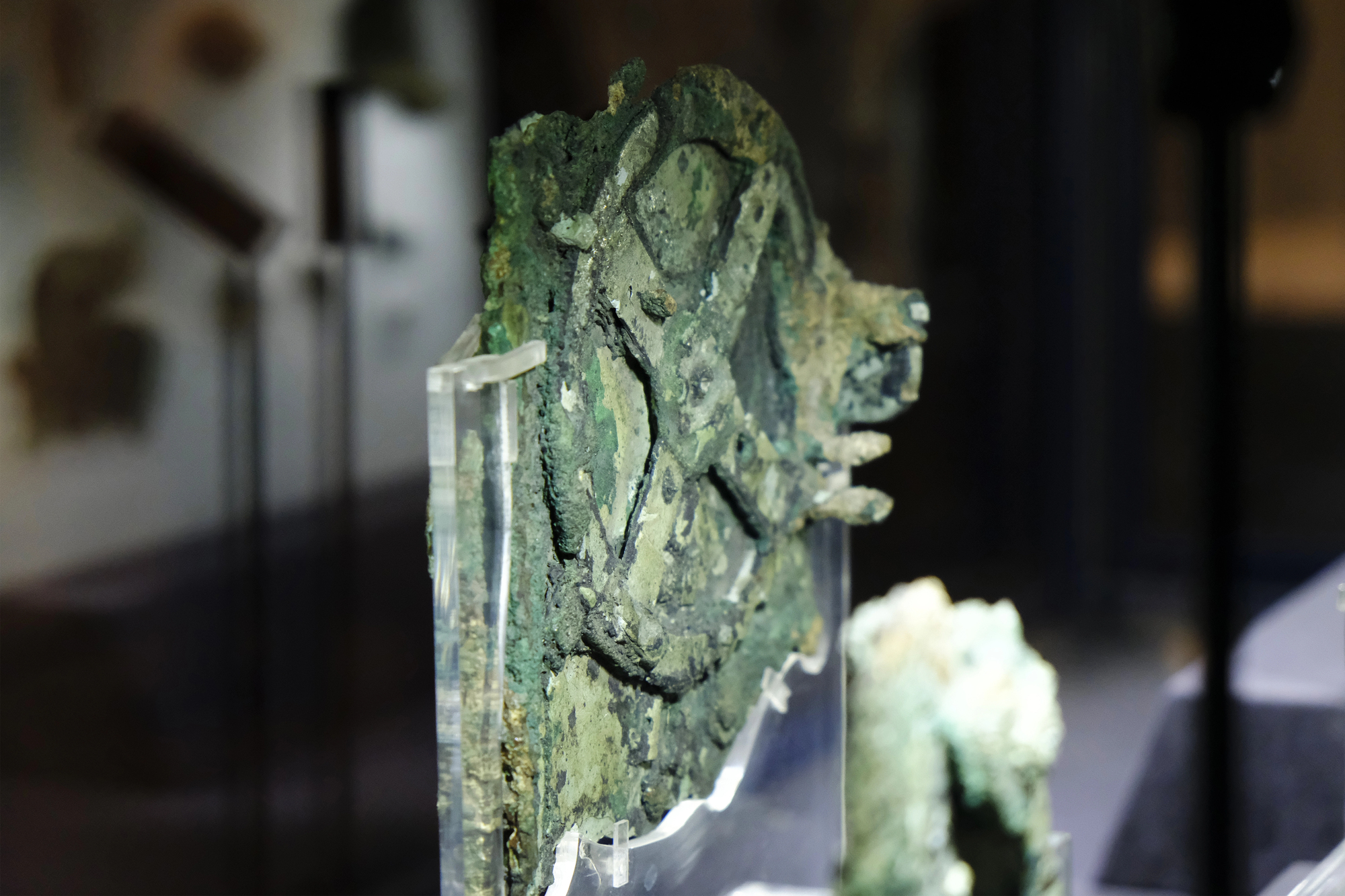
Discovered in a Roman-era shipwreck, this ancient Greek device from around 100 BCE could calculate astronomical positions with stunning accuracy. Its complexity wouldn’t be matched until the development of mechanical astronomical clocks in the 14th century.
The device’s 37 bronze gears work together with such precision that it could predict solar eclipses centuries in advance.
Like Go2Tutors’s content? Follow us on MSN.
Xochimilco Floating Gardens

Ancient Aztecs created artificial islands capable of growing crops in the middle of a lake, developing sophisticated hydroponic systems centuries before modern agriculture adopted similar techniques. These chinampas produced enough food to feed the massive population of Tenochtitlan.
The engineering feat becomes even more impressive considering these gardens were earthquake-resistant and could adjust to varying water levels.
Damascus Steel
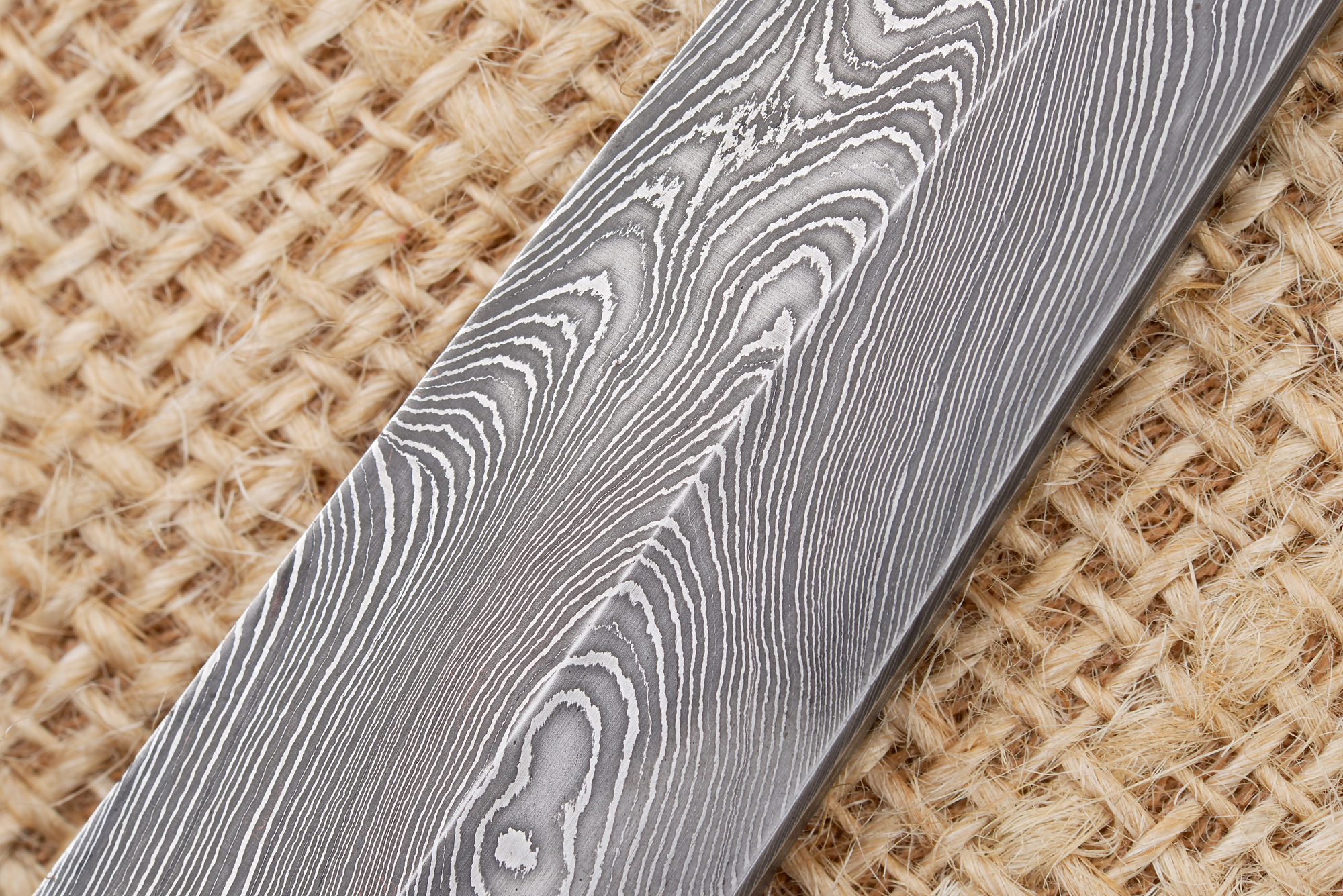
Medieval Damascus steel swords contained carbon nanotubes and nanowires – structures not officially discovered until 1991. The legendary metal-working technique was lost to history, leaving modern metallurgists puzzled over its creation.
Recent electron microscope studies have revealed that these blades contained complex molecular structures that modern steel-makers still struggle to replicate.
Lycian Rock Tombs

Carved into vertical cliff faces in ancient Turkey, these elaborate tombs required sophisticated engineering knowledge to create stable, long-lasting structures without modern climbing or cutting equipment. The precision of their carving suggests an advanced understanding of rock mechanics and structural integrity that rivals modern engineering principles.
The ingenious drainage systems built into the tombs have protected them from water damage for over two millennia.
Like Go2Tutors’s content? Follow us on MSN.
Roman Pantheon
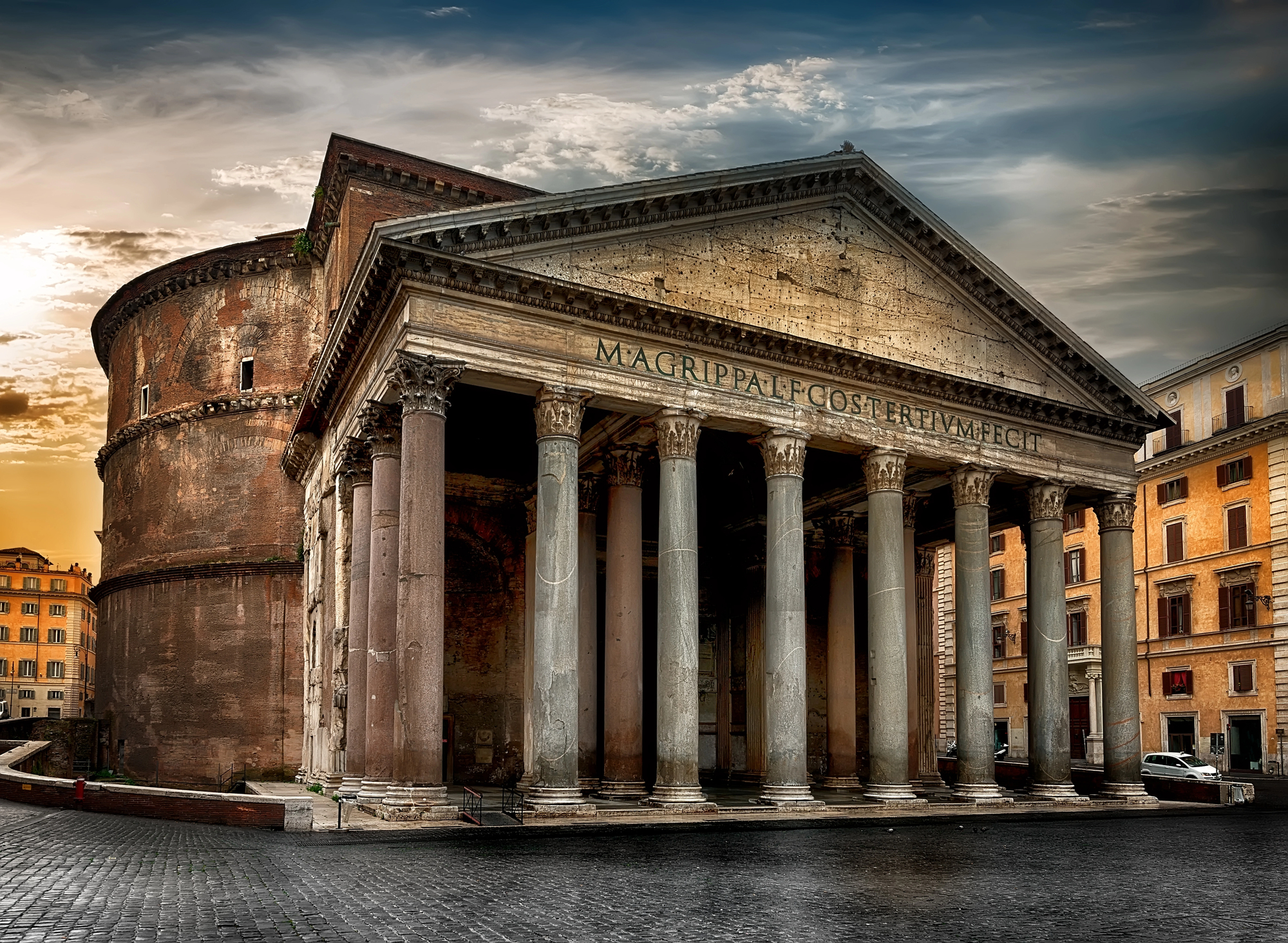
Built in 126 CE, the Pantheon’s unreinforced concrete dome remains the world’s largest almost 2,000 years later. Modern engineers still debate how ancient Romans created concrete that outperformed many modern mixtures.
The dome’s coffers aren’t just decorative – they form an ingenious weight-reduction system that redistributes structural forces perfectly.
Epidaurus Theater
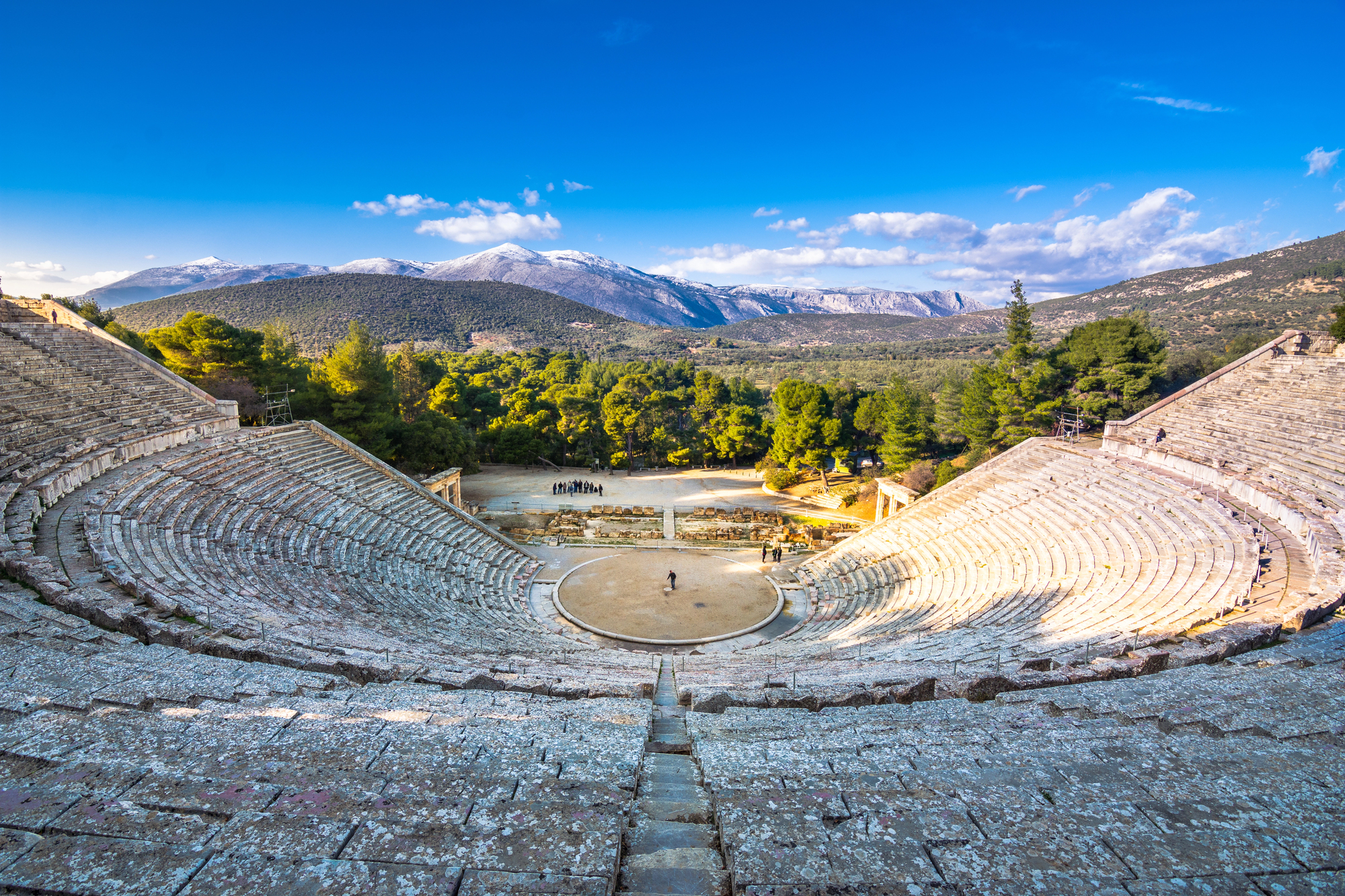
The ancient Greek theater of Epidaurus demonstrates perfect acoustic properties that allow a whisper on stage to be heard in the back row. Built in the 4th century BCE, its design principles still influence modern theater construction.
Recent acoustic studies have revealed that the limestone seats act as natural acoustic filters, suppressing low-frequency background noise while amplifying the human voice.
Nan Madol

The ancient city of Nan Madol was built using massive basalt logs held together by an unknown cement that has withstood centuries of ocean exposure. Modern scientists cannot replicate this durable underwater building material.
Chemical analysis suggests the presence of unique, organic compounds that somehow strengthen rather than weaken when exposed to saltwater.
Like Go2Tutors’s content? Follow us on MSN.
Sacsayhuamán Fortress
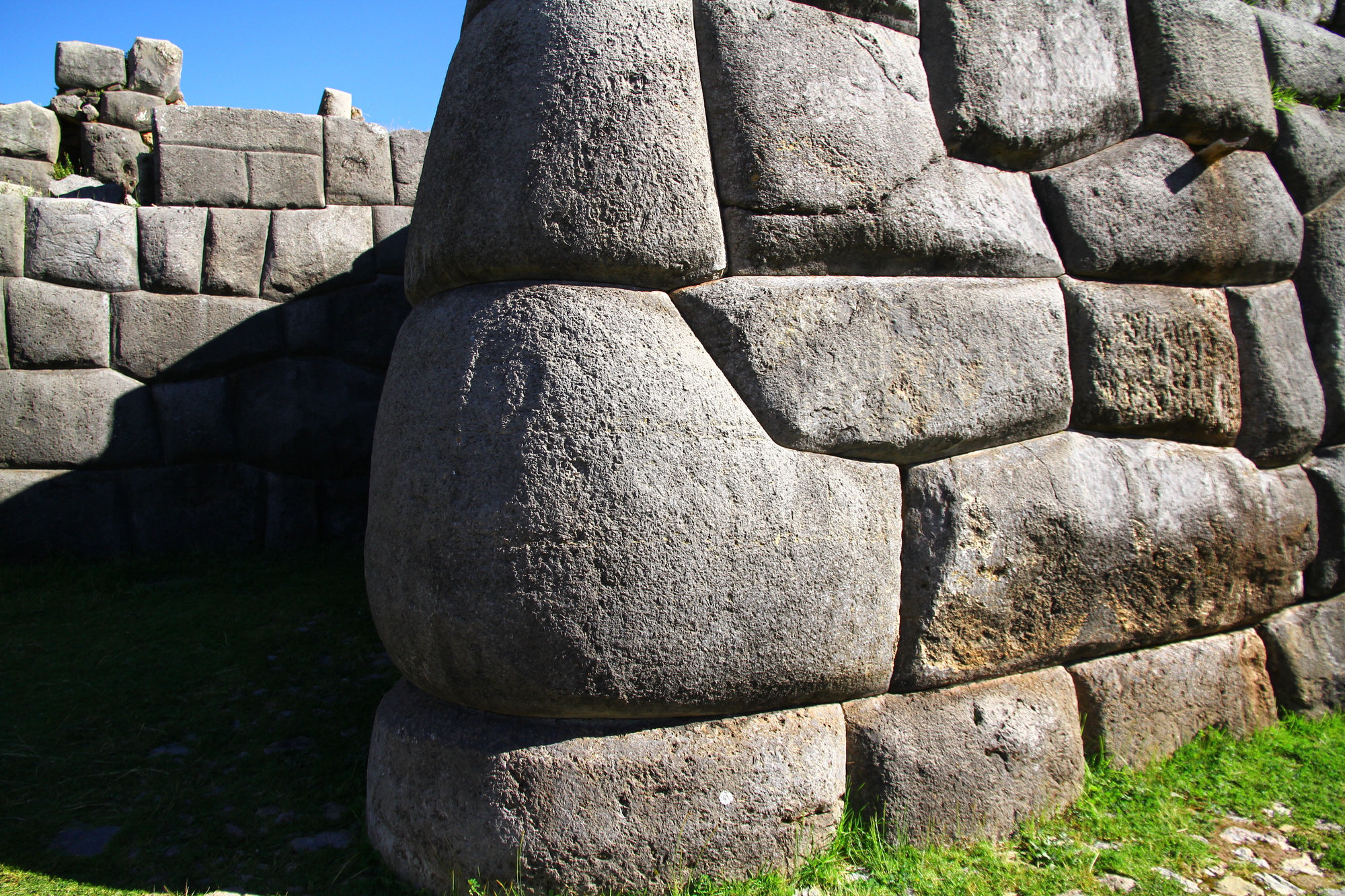
Massive stones weighing up to 200 tons were cut and fitted together with such precision that not even a piece of paper could fit between them. The Inca achieved this without metal tools or the wheel.
Each stone was custom-cut to interlock with its neighbors in three dimensions, creating a structure so stable it has withstood multiple major earthquakes.
Horyuji Temple
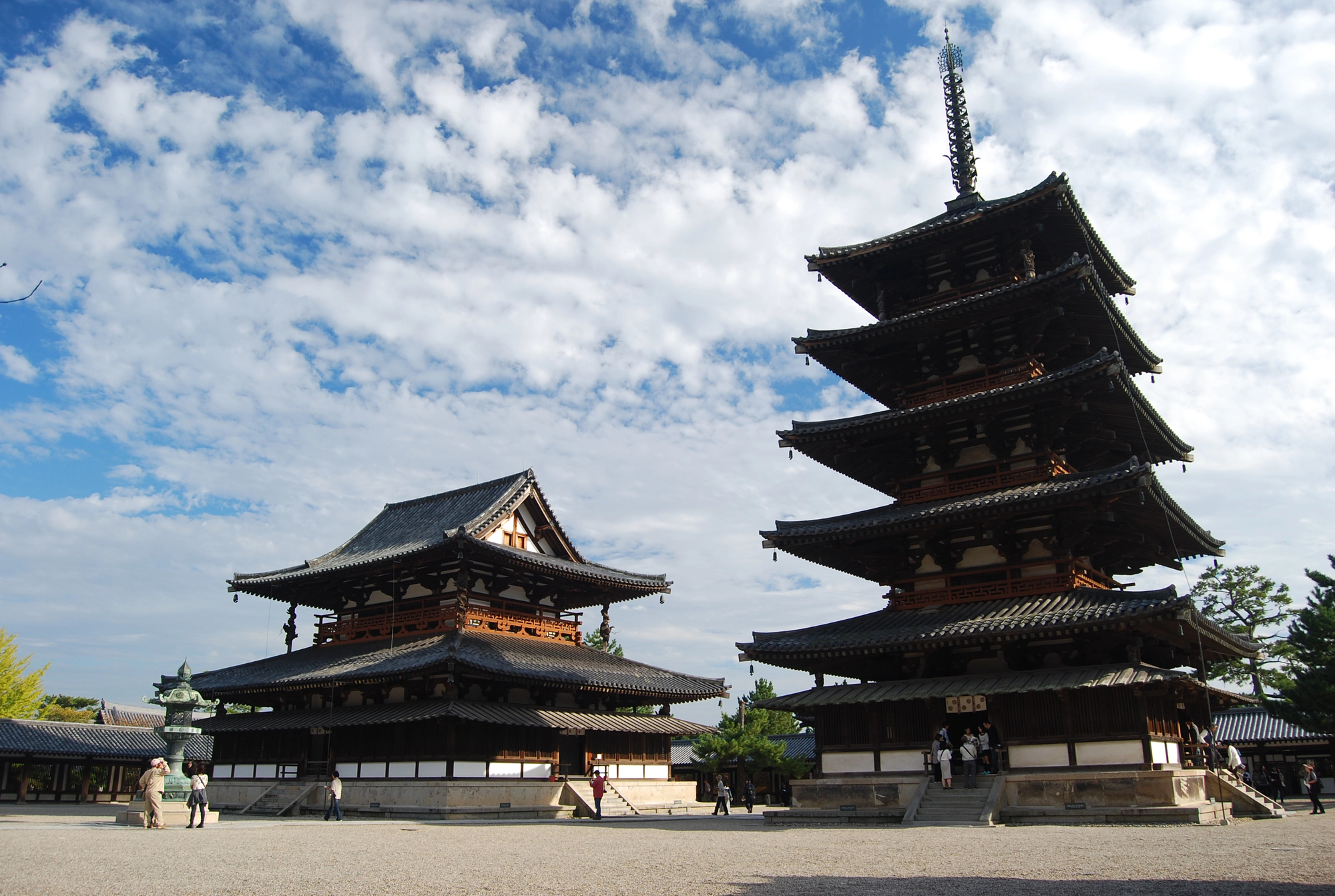
Japan’s oldest wooden building has survived earthquakes for over 1,400 years thanks to a sophisticated, flexible joint system that engineers are still trying to understand fully. The temple’s central pillar employed an advanced suspension system that allows it to sway during earthquakes without compromising structural integrity.
Modern analysis has revealed that the building’s proportions perfectly distribute seismic forces.
Göbekli Tepe
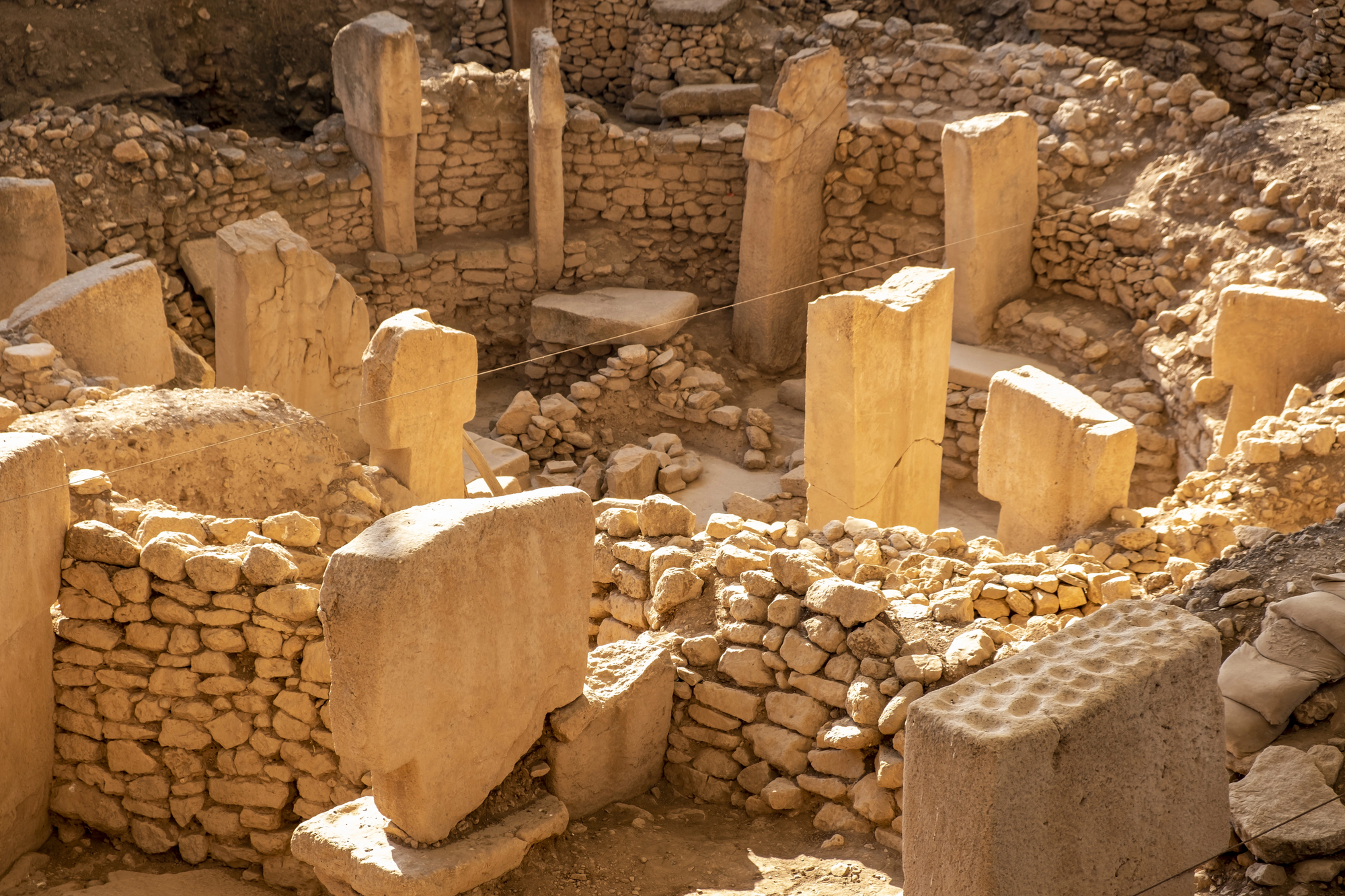
Built around 10,000 BCE, this complex temple predates pottery, metallurgy, writing, and the wheel. Its construction required organizational and engineering skills that shouldn’t have existed in a hunter-gatherer society.
The site’s perfectly carved T-shaped pillars, weighing up to 20 tons each, suggest knowledge of advanced stone-working techniques that wouldn’t appear again for thousands of years.
Like Go2Tutors’s content? Follow us on MSN.
Alexandria’s Underwater Infrastructure

Ancient engineers built underwater freshwater pipelines to supply Alexandria using lead pipes and sophisticated pressure management systems centuries before modern plumbing. The system included ingenious automatic valves that prevented backflow and regulated water pressure.
The pipes were sealed with a mysterious waterproof compound that modern chemistry still cannot fully explain.
Costa Rican Stone Spheres

Pre-Columbian peoples created nearly perfect stone spheres up to 8 feet in diameter without metal tools or measuring devices. Modern attempts to replicate these artifacts have failed to match their precision.
Analysis shows these spheres deviate from perfect roundness by less than one inch over their entire surface – a level of precision that would challenge modern stonemasons.
Mohenjo-daro Climate Control
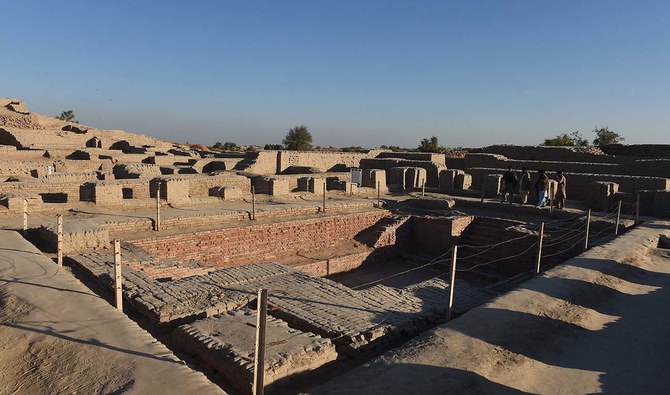
This ancient Indus Valley city had a sophisticated air cooling system built into its architecture, creating natural air conditioning centuries before modern HVAC systems. The buildings were designed to capture prevailing winds and channel them through underground cooling chambers.
Temperature measurements show these ancient systems could reduce indoor temperatures by up to 15 degrees Celsius.
Like Go2Tutors’s content? Follow us on MSN.
Chinese Earthquake-Resistant Pagodas

Ancient Chinese pagodas incorporate sophisticated earthquake-resistant features that have protected them for centuries, including early versions of modern base isolation techniques. The structures use an internal pendulum system that counteracts seismic forces.
Modern simulations have shown these pagodas can withstand earthquakes that would destroy contemporary buildings.
Newgrange Tomb
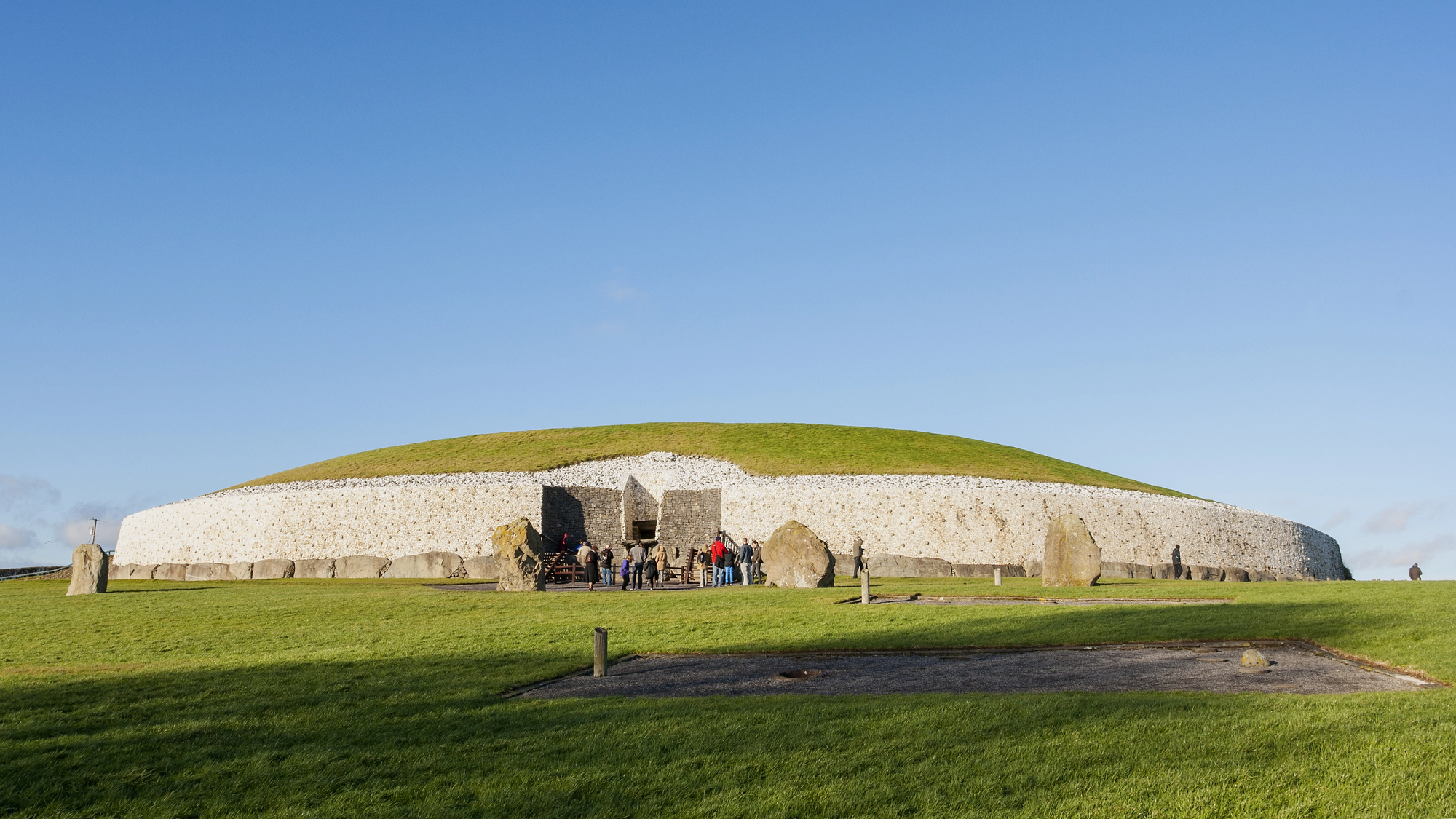
Built around 3200 BCE, this Irish passage tomb features a roof box that perfectly aligns with the winter solstice sunrise, requiring precise astronomical and architectural knowledge.
The alignment is so accurate that the sun still illuminates the inner chamber exactly as designed over 5,000 years later.
Baiae Floating Bridge

Emperor Caligula built a 2-mile floating bridge across the Bay of Baiae using engineering principles that wouldn’t be fully understood until the modern era of pontoon bridge construction.
The bridge used an innovative anchoring system that compensated for tidal changes and wave action.
Like Go2Tutors’s content? Follow us on MSN.
Hampi Musical Pillars
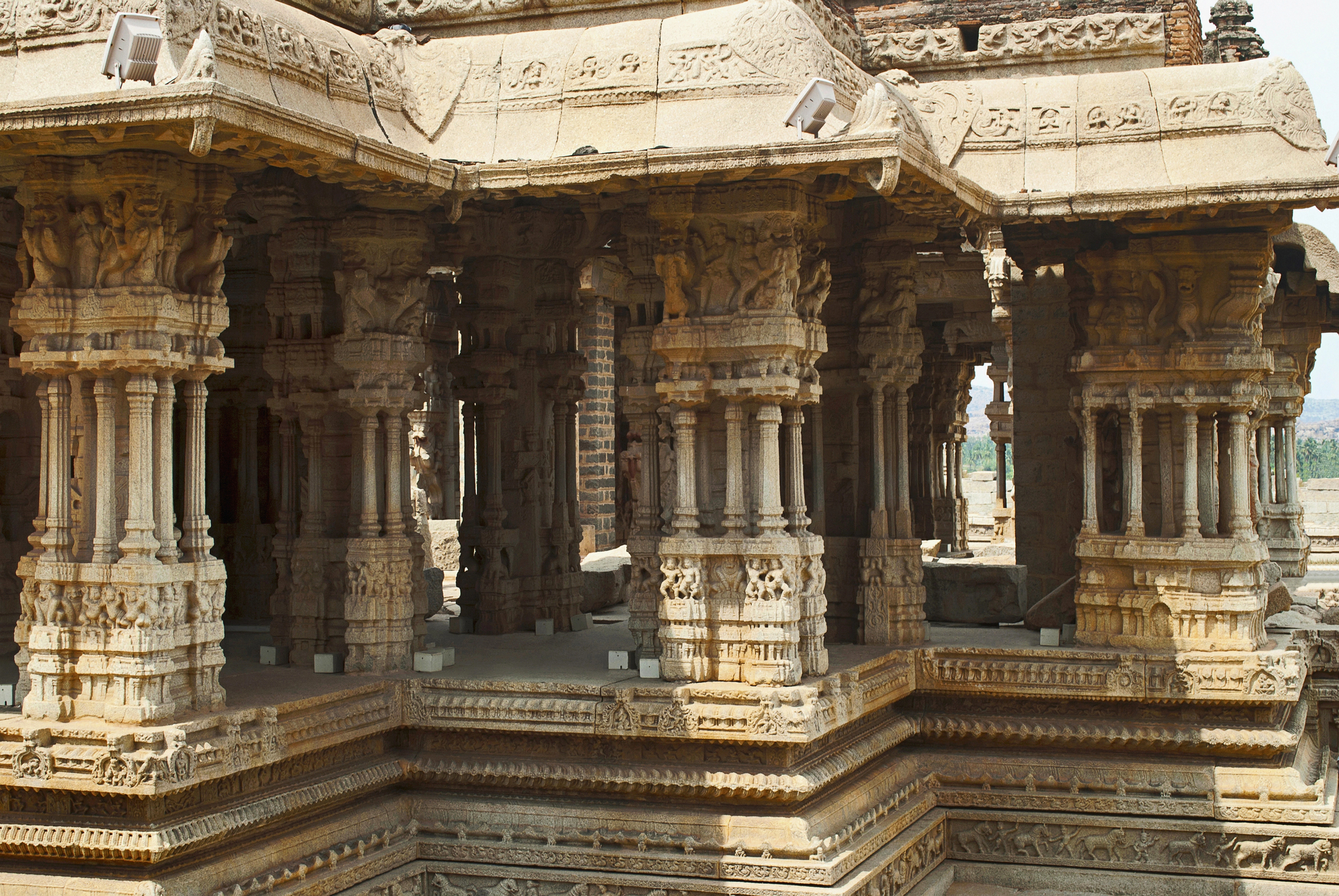
The Vittala Temple features 56 musical pillars that produce different musical notes when struck. The engineering principles behind their acoustic properties remain a mystery.
Each pillar was carved from a single piece of stone and tuned to specific musical frequencies.
Pumapunku Stone Architecture
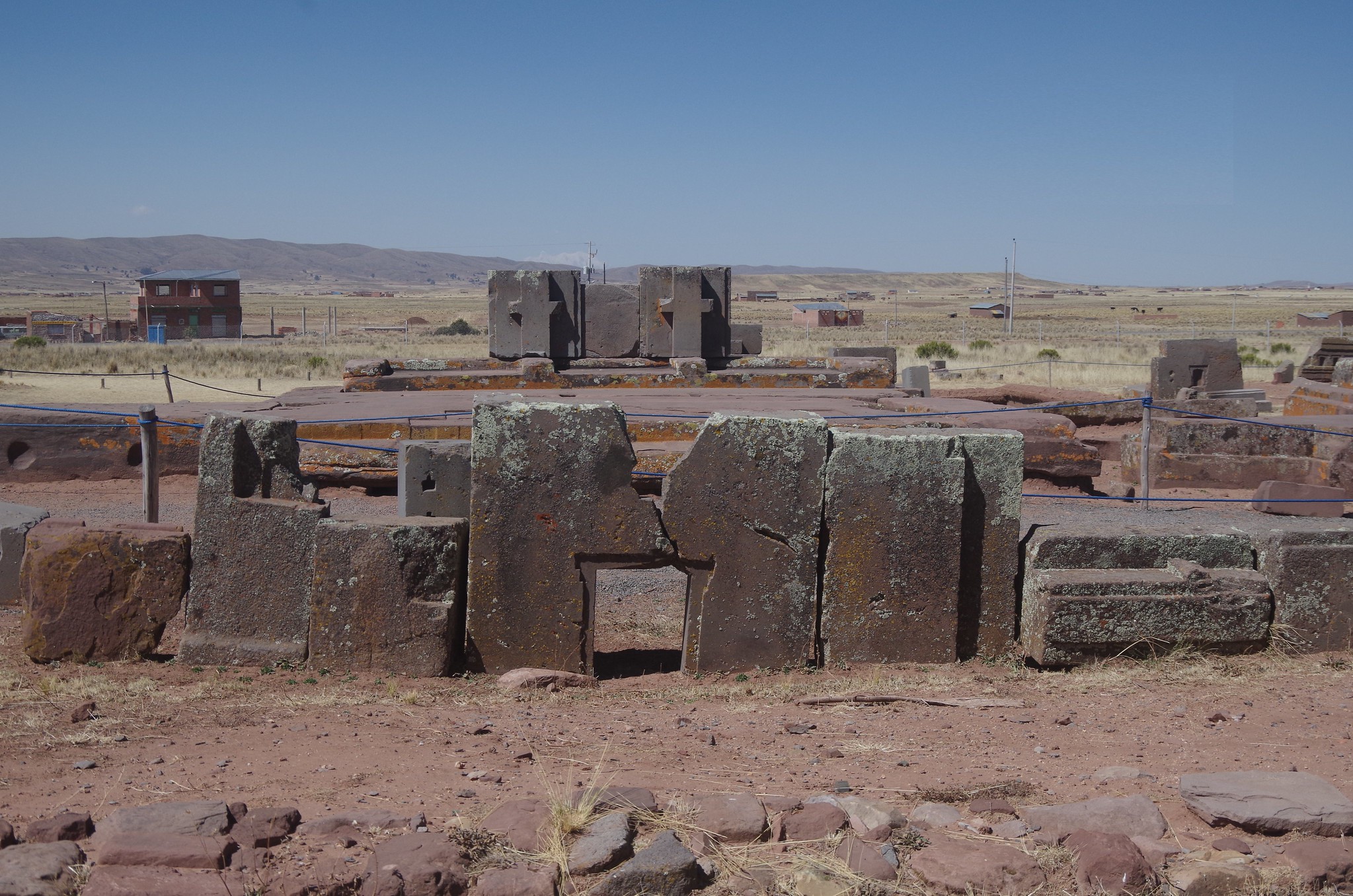
The ancient city features stones cut with such precision that they rival modern laser-cutting technology, including complex geometric shapes and precise right angles that shouldn’t have been possible with prehistoric tools.
Some cuts are so precise they can only be measured accurately with modern digital calipers.
Baghdad Battery
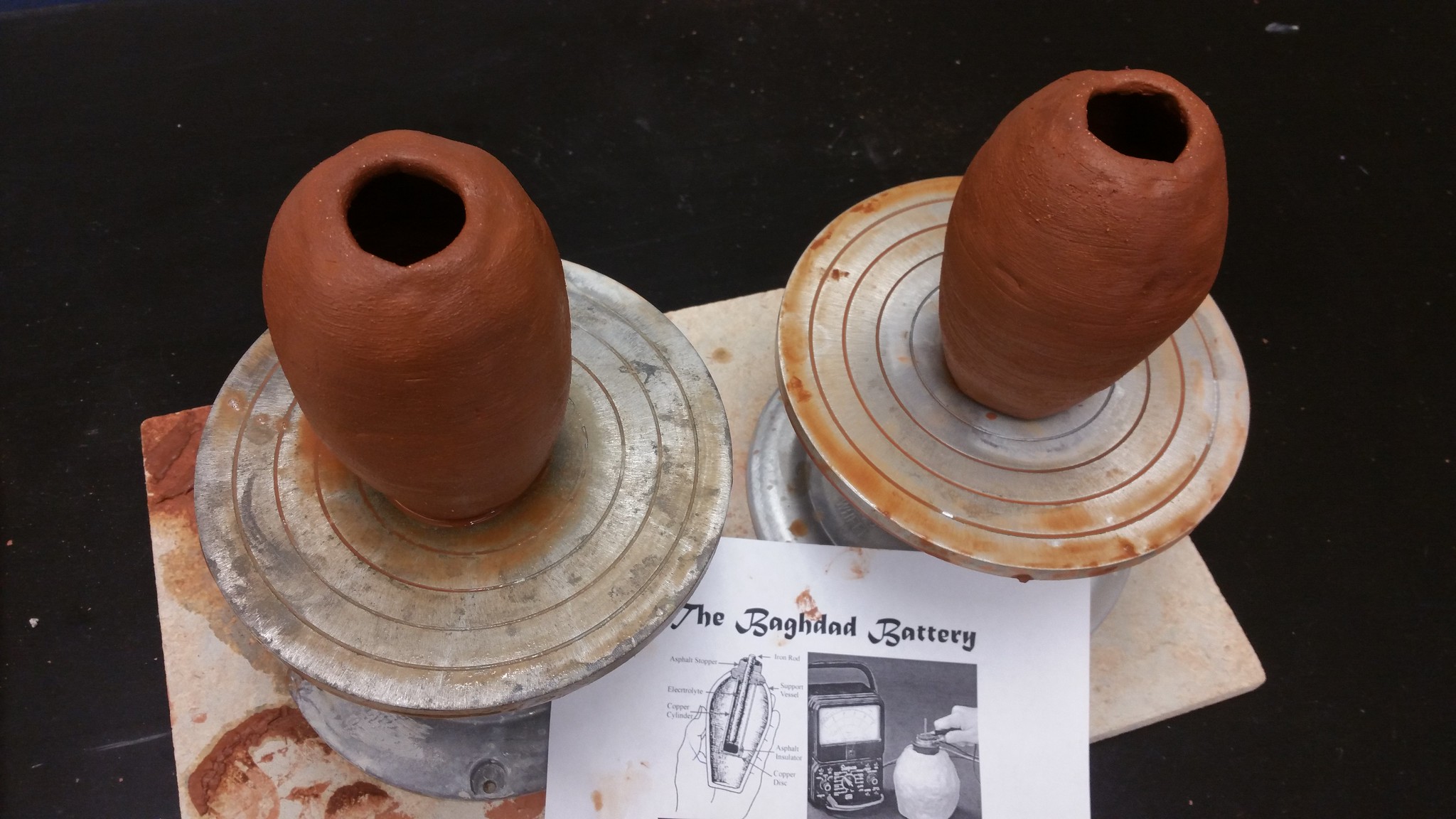
The Baghdad Battery, discovered in Iraq, may have been capable of producing electric current for electroplating gold onto silver objects over 2,000 years ago, long before the official discovery of electricity.
Replicas have demonstrated that arrays of these devices could produce voltages sufficient for electroplating.
Like Go2Tutors’s content? Follow us on MSN.
Remarkable Feats

These remarkable achievements remind us that human ingenuity knows no bounds. As we push the boundaries of modern engineering, these ancient feats continue to inspire and challenge our understanding of what’s possible.
Perhaps the greatest engineering achievement is our endless capacity to imagine and create what others consider impossible.
More from Go2Tutors!

- 15 Unforgettable Candy Bars From The 60s and 70’s That Disappeared Too Soon
- 15 Myths About Famous Historical Figures That Aren’t True
- Famous Battles: How Much Do You Really Know About U.S. History?
- 20 Historical Artifacts That Scientists Can’t Explain
- 15 Little-Known Facts About Famous Historical Events
Like Go2Tutors’s content? Follow us on MSN.



